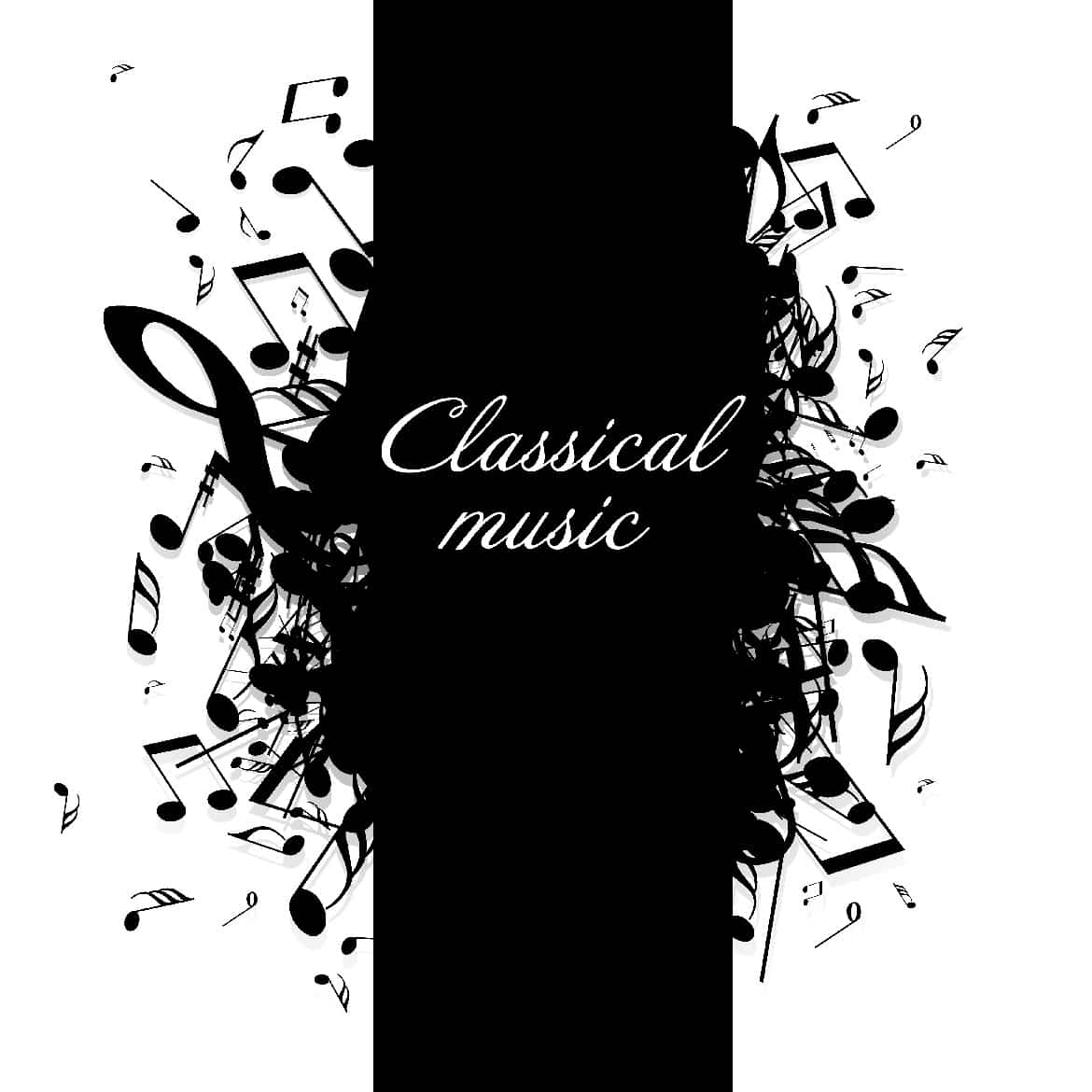
Different techniques of adjusting speed in a piece of music are adopted by all composers to bring a range of effects, emotions, and expressions. One of the most compelling techniques commonly employed is accelerando (It.), or an increase in speed or tempo. In many compositions, speed reduction or increase comes towards the end of a passage, phrase, or section of music but in the case of the pieces listed below, the acceleration is a more central feature of the music.
Classical Music That Starts Slowly And Gets Faster
1. Fifth Symphony by Jean Sibelius
I have chosen this work by the Finnish composer Sibelius because it is not only a stunning piece of symphonic writing but the first and second movements are essentially one long increase in tempo. Interestingly, the final movement is the reverse as the music, throughout the movement, slows.
Movement One has the tempo marking of ‘Tempo molto moderato’, that then moves through an ‘Allegro’, to a ‘Vivace molto’ and finally Piu presto; at each stage getting quicker and quicker. It is a movement that has perplexed many musicologists as it contains a ‘double exposition’ and is often considered to be the combination of two movements that Sibelius was originally going to compose separately.
In the Second Movement, the acceleration of tempo is not as pronounced but runs from a gentle and tranquil ‘Andante Mosso’ through to a section marked ‘Poco a poco stretto’, which means little by little closer together. This brings tension to this central movement that echoes the opening.
2. ‘In The Hall of The Mountain King’, from the Peer Gynt Suite Op.46; No.1 by Edvard Grieg
This is perhaps the best-known piece from the selection I have chosen. In this fantasy piece, the protagonist, Peer Gynt enters the imposing hall of Dovregubbens; the Troll King. Peer Gynt finds himself enclosed by a terrifying array of goblins, trolls, and gnomes and the impressive sight of the King himself sitting upon his throne.
The music is instantly recognizable and memorable. Grieg wrote the piece in the key of B minor which seems to provide a haunting and darkly colored harmony for the piece. It was composed by Grieg in 1875 and is really incidental music for the play ‘Peer Gynt’ from Ibsen’s work.
The duration of the piece is relatively brief but almost from the outset, the moderate tempo begins to move forward until by the time the timpani crash to life towards the conclusion, the music is frantic and fast. Grieg felt the music was a little too Norwegian but hoped that it would have a good reception none the less. He could never imagine the levels of success it actually reached.
3. ‘Hungarian Rhapsody No.2’ by Franz Liszt (1851)
One of the most requested and performed solo piano pieces by the Hungarian composer and pianist, Franz Liszt. The Rhapsody is truly more Romanian thematically than Hungarian but the composition stands on its own merits. Liszt wrote the Rhapsody in two distinct sections; both resembling the Hungarian folk dance, the ‘Csárdás’.
The opening is dark and heavy, placed in the key of C# minor full of moody thick chords and short bursts of fiery melodic ideas. It feels much like it is improvised with freer tempi and shifts of mood. This then moves into the part that would in the traditional dance be called the ‘Friska’ which as its name suggests is the faster-moving part of the work.
Liszt does not disappoint in this part of the piece. It begins quietly in an unassumingly modest way in F# minor but soon begins to gather momentum and virtuosity as it progresses. The music modulates through a selection of carefully planned keys, getting steadily faster, to land firmly back in F# minor for the ‘prestissimo’ conclusion that is a test for any pianist.
4. ‘The Polovtsian Dances’ (From ‘Prince Igor’) by Alexander Borodin
Borodin composed these ‘exotic’ dances as part of a much larger scale work, his opera ‘Prince Igor’ that remained uncompleted at the time of his death. These dances number eight, each very different in character. Borodin scored the dances for orchestra and chorus that brings a textural dimension to the dances as they arrive.
The opening dance is in A major and marked with a modest tempo of ‘Andantino’. By the time the ‘Wild men’ arrive for their dance in the third section, the speed has already increased to a lively ‘allegro’. The ‘Dance of The Boys’, sees the tempo move on even faster to a blistering ‘Presto’ which is reprised in the ‘Dance of Boys & Men’. They are a delightful selection of dances, full of spirit and character, and would have been included in both Act one and two of ‘Prince Borodin’.
5. ‘Bacchanale’ from ‘Samson and Delilah’ Op.47, by Camille Saint-Saëns
This was perhaps one of the more controversial pieces that French composer Camille Saint-Saëns wrote. As it transpired, the subject matter was considered inappropriate for the audience in Paris and had to wait to receive its premiere until 1877 in Weimar. The ‘Bacchanale’ comes from the last act of the opera and contains, in my opinion, some of the best orchestral writing Saint-Saëns ever created. It is worth remembering that the ‘Bacchanale’ is a dance intended to be the portrayal of an orgy in the name of the god Bacchus.
The provocative allure of Delilah is seductively portrayed by the oboe at the start of the piece. Slowly the music begins to build in strength and rhythm as Delilah dances to taunt Samson. As the pace of the music reaches a fever pitch Samson reaches the end of his patience and prays for God to return his strength. Samson is led to the two great pillars of the temple and summoning all his strength he pushes them apart destroying everyone within including himself.
